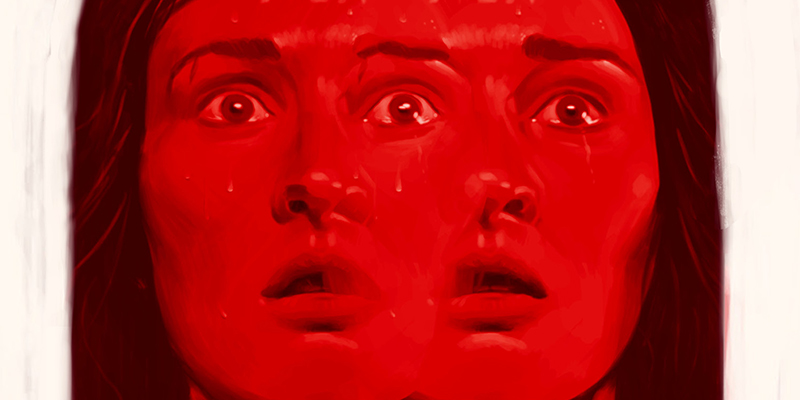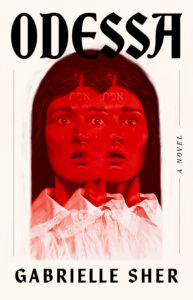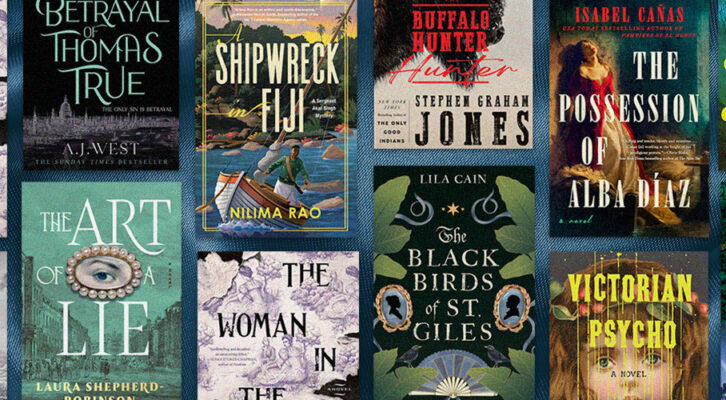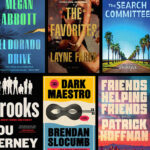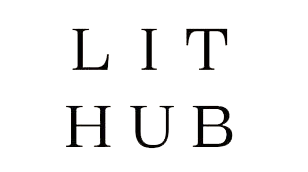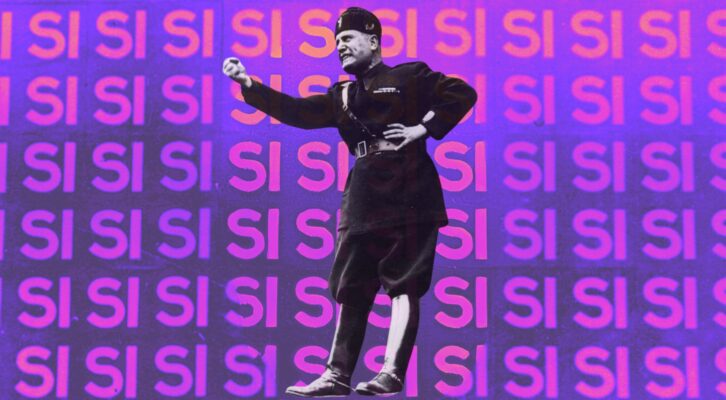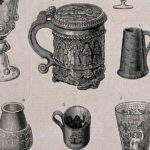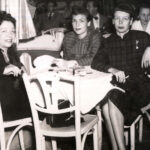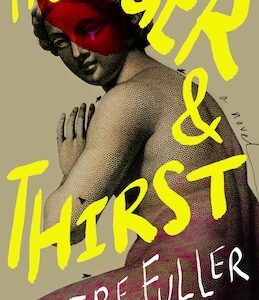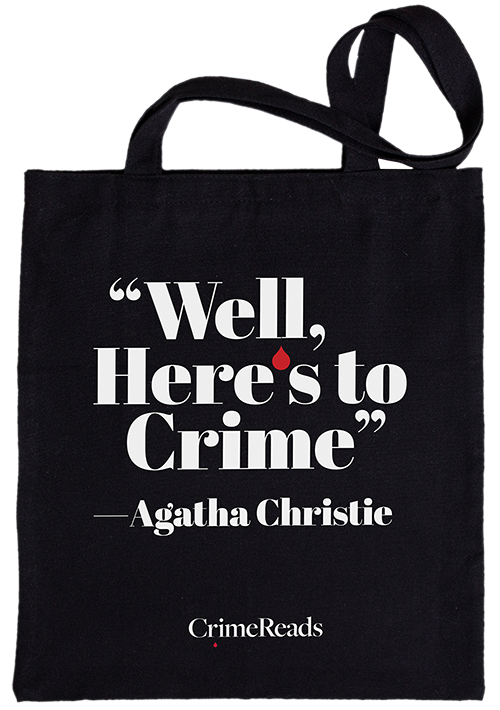I’m a huge perfume junkie. I love the way people write about perfumes– how evocative scent can be, the way they can capture a mood, an atmosphere, an emotion, a personality. I almost exclusively wore “O Unknown” by Imaginary Authors while writing Odessa. It smells like a tin of black tea leaves, earthy orris root, moss, musk, and sandalwood. The effect is deep and contemplative. The story that the brand writes about this fragrance is about a man who has been told he has less than a year to live, and so he explores the world. What better story is there than a person who is facing death? (What other story is there?)
I’m in love with writing because it’s an impossible task to use words to describe the sensory and emotional experience of being human. You can only really say what you mean by saying something else, like a kind of synesthesia. For me, writing Odessa was not just a way for me to communicate a piece of my human experience, but also a way for me to answer a question. At its very core, the question is Who am I? But to be more specific, maybe it should be Where did I come from? Or if that’s not quite right, then Who did I come from?
I recently came across a perfume from the indie brand Sucreabeille. The perfume is smoky, sweet, and dark, with notes of rosewood, gunpowder, whisky, tobacco… It’s called “I Come From a Long Line of Terrifying Women”. Now when I think of Odessa, I think of this perfume, too. I like the fantasy of the name, its decisiveness. I like when women are scary. I like when women are unhinged. I like believing that my ancestors were Terrifying Women. In reality, I only have broken pieces of their stories, and the rest I have to make up myself. That’s what Odessa is: one part family history, nine parts ghost story, which adds up to 100% true.
The seed for Odessa began when I was maybe nine or ten. My grandmother Lynn loved to tell me about our Ashkenazi ancestors who came over from Eastern Europe. She had a wall of black and white photographs, and she would name each woman and tell me something about her. It was always fragments like this, never chronological. There was one woman whose eyes I stared into and I felt a new emotion–longing? Connection? I felt like I could speak to her through the glass, or in my head, and she would hear me. Her name was Golda. Her eyes were hard, like she was afraid but trying not to show it. She left her home in Odessa to escape violent attacks against the Jewish community called pogroms. She would have been younger than me now. The photograph is of her, alone, moments before she stepped aboard the ship that would bring her to America.
I dreamed and dreamed of Golda (and hoped she had dreamed of me). When I was a child, I felt a strange desire to be her– to be the one who leaves, on her own, on some new adventure. Now that I’ve researched the horrors from which she escaped, now that I know it was a family’s desperate attempt at survival, I feel differently. I admire her even more. Her bravery made my very existence possible.
Essay continues below cover reveal.
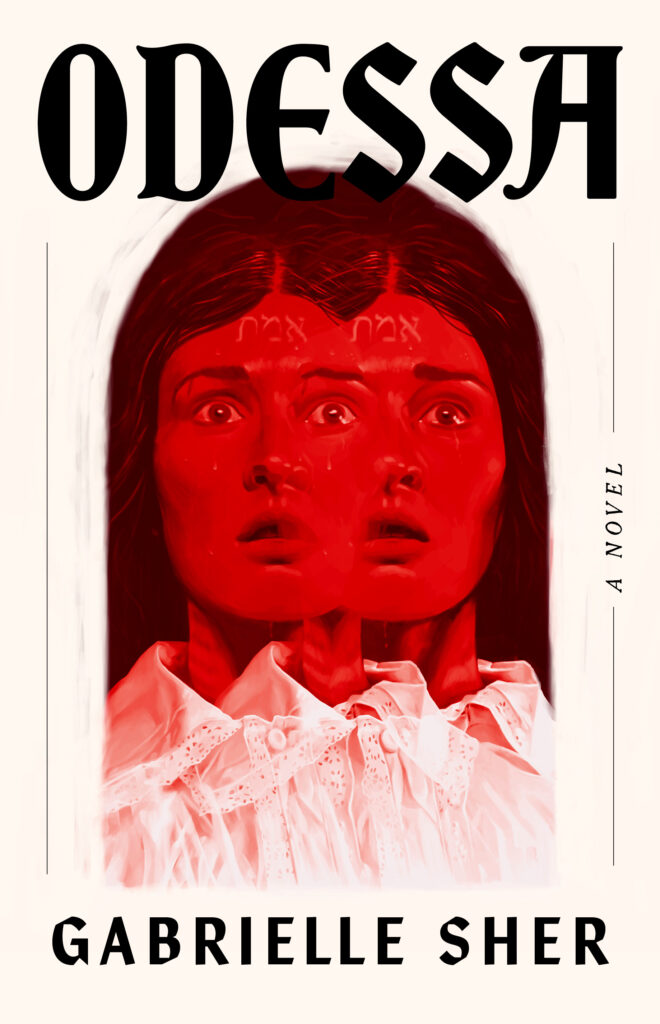
Golda’s story was incomplete, buried under time and distance and trauma, and I felt a great sense of grief at the thought of that knowledge lost forever. But that’s the great thing about the genre of the gothic– it raises those repressed stories from the grave. I’ve always loved books that have something strange or dark to teach me. When I was younger, I had a fascination with mythology and folklore– stories invented to explain other stories, monsters created to explain an emotion, a deep-seated fear (and what’s more truly human than fear?). Jewish folklore has a wealth of such wonderful creatures that are right at home in the world of the gothic. Let’s start with the golem.
The story of the golem begins with a pogrom in 16th century Prague. There are a series of attacks against the Jews that stemmed from what’s called a blood libel (a lie spread about Jews killing Christians and using their blood for rituals, such as baking it into Matzoh). Rabbi Loew prayed to find a way to protect the Jewish people from harm, and discovered that he could create a golem using Kaballah, or Jewish mysticism. In the original story, the golem is a crude creature made out of clay. His head and neck are a curved shape resembling a tombstone. He has no original thoughts, and is not truly a monster–he protects the Jews and obeys orders from the rabbi (Amelia Bedelia-style, sometimes too literally).
The golem has been used historically as inspiration for so many stories (Frankenstein’s monster is a golem!) and in so many different ways. Many AI/robot science fiction stories draw from the myth of the golem, as well as artist/writer narratives exploring the connection between creator and creation. For me, the golem proved to be the perfect vehicle to tell the story of a young Jewish woman living during the pogroms my ancestors experienced. The golem is usually male, but this is a story of how women cope with trauma and violence.
The magic that binds the golem forces Yetta to obey her creator, her father, much in the same way she would have been expected to obey the male figures in her life at this time in history. In her golem body, Yetta is physically the strongest she has ever been, but mentally and emotionally the most vulnerable. Her father’s orders are to continue to forget her trauma, to bury it. Her power is not in her physical strength (golems are said to be as strong as something like ten men) but in her ability to tell her own story. This is not a story about victimhood or revenge. It’s an exploration of Yetta’s mind, her emotions, her soul. It’s her struggle with her own existence, it’s Yetta asking the questions– Who am I? Where do I come from? Who do I come from? All this, while navigating my imaginary gothic landscape of Odessa and the monsters that live there.
Odessa is for all of the women in my family. It’s for my sisters (who smell like spiced vanilla, a wet garden, and an old library respectively). It’s for my mother, who wore “Love’s Baby Soft” by Dana when she was younger, a cuddly powdery pillow of a fragrance, and now wears men’s perfumes, fougeres and ambers that she lets my husband pilfer. It’s for my grandmother, who wore “Beautiful” by Estee Lauder. I have her bottle now, and smelling it triggers an avalanche of memories. It’s for Golda, who I imagine smelled like Russian leather. Mostly, though, it’s for me. I toyed with the idea of dedicating this book to myself, because what could be more true?
Personally, I like to wear purple floral perfumes. I like heliotrope because it smells like almond extract, which (so I’ve heard) is what cyanide smells like (my favorite is “Heliotrope Blanc” by L.T. Piver). I like lilacs (“French Lilac” by Pacifica) because they remind me of something in my childhood and always smell close to rotting. I like iris, or more specifically orris root (“Violet Ida” by Miller Harris) because it smells cold, earthy, like waxen skin. I like to wear violets (“Purple Violet” by Hove Parfumeur) because I like to smell like an old hag, but also because the ionones in violets fascinate me. The chemical desensitizes your scent receptors, making the smell disappear, then it reappears when the receptors reset. Violet comes and goes like a ghost. It intrudes, again and again, into the present like a memory. It makes it so you can’t forget.
***
Odessa is forthcoming from Mulholland Books in April 2026.

